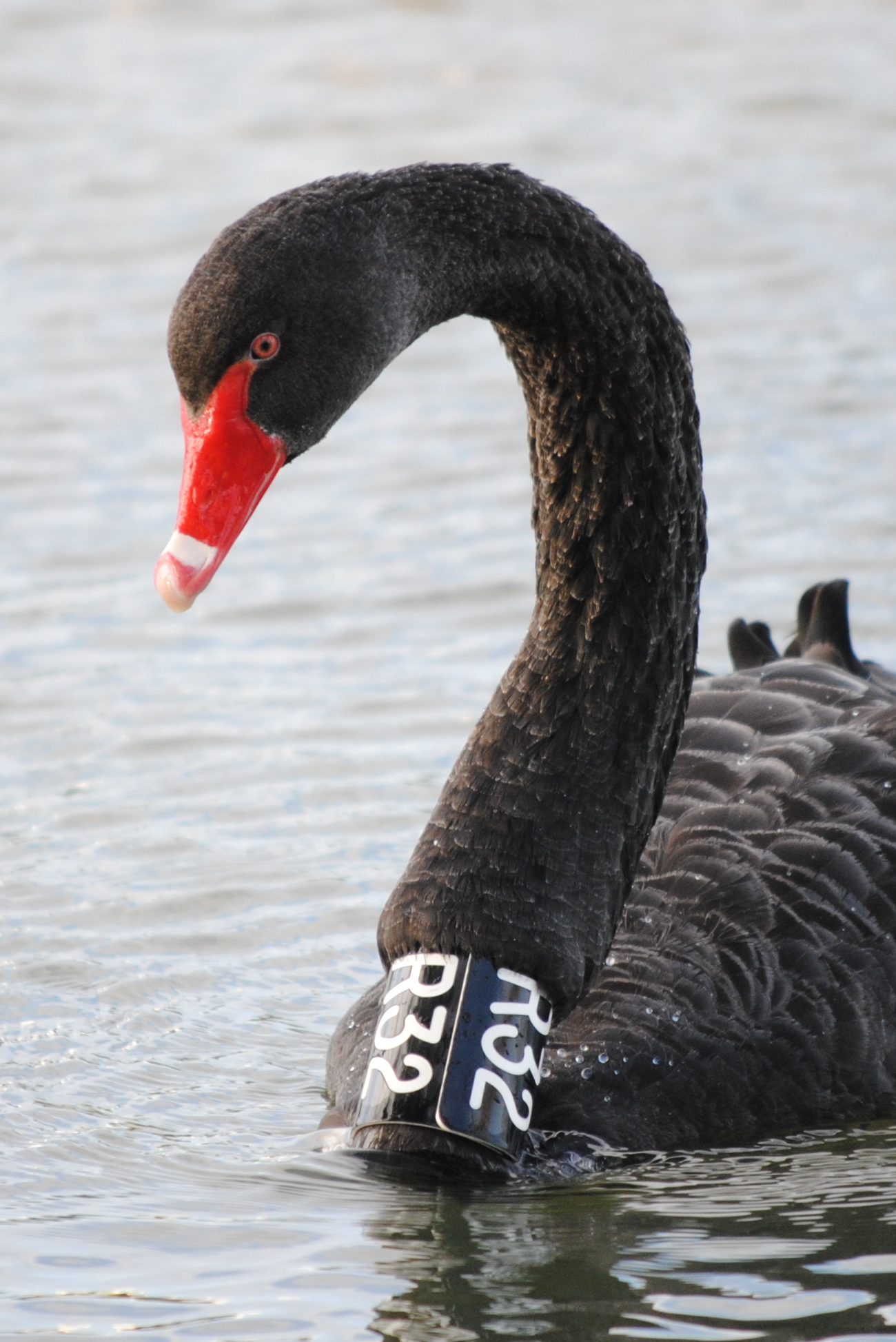
We are all familiar with the concept that wild animals tend to be less wary of humans in urban environments.
In cities, for example, some bird species such as feral pigeons are easily approached to within a few meters (or may even allow themselves to be captured by hand!), whilst their counterparts in non-urban environments tend to be much more wary of us.
Biologists have long tried to understand this pattern. A commonly cited explanation is habituation, a process by which animals experiencing a repeated benign stimulation display a decrement in a behavior in response to that stimulus.
For example, animals exposed to a high level of harmless human traffic may eventually be less likely to escape approaching humans.
A genetic predisposition?
A theory that has received less attention is that animals occurring in urban habitats are genetically predisposed to be less wary to humans and those that tend to be more wary of people avoid settling in areas where dense human populations occur.
The idea that individual animals have genetically-determined ‘personalities’ is not new. Just as some people tend to be outgoing whilst others are more introverted, animals also display consistent differences in behaviour between individuals.
What we set out to test was whether the personality of individual animals helps to determine where they decide to settle during their adult life. This is an important decision, as settling in the right environment can maximise the animal’s ability to gain sufficient resources to breed successfully.
Ultimately we were interested in understanding which factors contribute to the wariness of animals to humans, with the aim of minimizing the impact of human presence on the behaviour and ecology of wild animals.
Armed with researchers with backgrounds in conservation biology, behavioural ecology and genetics we set out to find out whether animal personalities do indeed help determine where individual animals settle.
Armed with researchers with backgrounds in conservation biology, behavioural ecology and genetics we set out to find out whether animal personalities do indeed help determine where individual animals settle.
Our study species of choice was the black swan (Cygnus atratus), a bird species common in both urban and non-urban environments throughout Australia. We have been researching this species for many years, including via a citizen science project documenting the movement of the swans throughout Australia.
We collected behavioral and genetic information on these swans from one urban and one non-urban population.
What did we do?
Our aim was to first explore whether the wariness of swans towards humans is associated with variation at genes known to be related to personality in other animals. Wariness was measured using a metric known as flight initiation distance (FID) – the distance at which an animal escapes an approaching threat. FIDs are expected to be longer for more wary individuals or species.
Knowing the FID of different species is useful for conservation biology as it allows us to determine how closely people should be allowed to approach certain species before we cause disturbance to these species.
A major focus of our research has been to document FIDs from as many Australian bird species as possible to assist in their conservation.
We therefore took measurements of FIDs from swans at both populations. We also captured the swans and took small blood samples to allow us to explore their genetic makeup. We decided to focus on two genes that have been implicated in wariness behavior in other species – the dopamine receptor D4 (DRD4) and serotonin transporter (SERT) genes.
What did we find?
Our first result was not surprising – swans were less wary of humans at the site with a higher density of people. We could approach the swans from the urban population to an average distance of 13 metres before they began moving away from us, while the corresponding distance was 96 metres at the non-urban site.
We could approach the swans from the urban population to an average distance of 13 metres before they began moving away from us, while the corresponding distance was 96 metres at the non-urban site.
Although we found no variation at the SERT gene, we found six different genotypes (genetic variants) of the DRD4 gene. One genotype was particularly common, with 89% of birds at the urban site possessing the genotype.
Moreover, birds with this common genotype were less wary of humans than those with rarer genotypes, suggesting the wariness towards humans is indeed at least partially genetically determined.
Whilst these results were exciting, our next finding was the icing on the cake. Whilst the common ‘bold genotype’ was found in the majority of birds at the urban site, only 60% of birds at the non-urban site possessed this genotype.
Swans at the non-urban site were more likely to be genetically-predisposed to be wary. This suggests that black swans do indeed appear to settle in areas based on their genetically-determined personalities.
Our findings have a number of implications. First, conservation measures which aim to minimize human disturbance to animals may need to take a population by population approach as animal fear of humans may vary between populations.
Secondly, our study suggests that certain individual animals may be able to cope better in heavily disturbed habitats. This has important implications for captive breeding programs of threatened species that will eventually be released in close proximity to humans. Individuals earmarked for reintroduction in these areas could be selected based on their personality and ability to cope with higher levels of human disturbance.
Comments